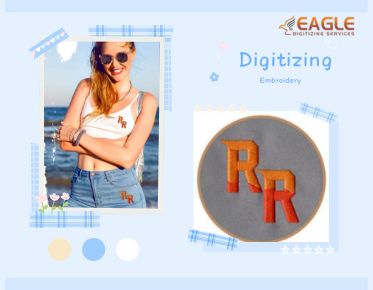Why are geometric and abstract patterns becoming more common in digital pattern-making?
In recent years, the world of digital pattern-making has seen a significant shift towards the use of geometric and abstract patterns. This trend is not just a fleeting fashion but a reflection of deeper changes in technology, consumer preferences, and artistic expression. Understanding why these patterns are becoming more prevalent requires a look at the intersection of design, technology, and culture.
The Influence of Technology
One of the primary drivers behind the rise of geometric and abstract patterns in digital pattern-making is the advancement of technology. Modern design software allows for the creation of complex patterns with ease, enabling designers to experiment with shapes and forms that were previously difficult to achieve. The precision and flexibility offered by digital tools make it possible to create intricate geometric designs that are both aesthetically pleasing and technically feasible.
Moreover, the integration of artificial intelligence and machine learning in design software has further expanded the possibilities. These technologies can analyze existing patterns and generate new ones, offering designers a plethora of options to choose from. This capability is particularly beneficial in creating abstract patterns, where randomness and complexity are often desired.
Consumer Preferences and Market Trends
Consumer preferences have also played a significant role in the popularity of geometric and abstract patterns. In a world where personalization and uniqueness are highly valued, these patterns offer a way to stand out. Geometric designs, with their clean lines and symmetry, appeal to those who appreciate minimalism and modern aesthetics. On the other hand, abstract patterns provide a sense of individuality and creativity, resonating with consumers who seek to express their personal style.
The fashion and interior design industries have embraced these patterns, further fueling their popularity. From clothing to home decor, geometric and abstract designs are seen as contemporary and chic, making them a staple in modern design portfolios. This trend is reflected in the offerings of companies like Eagle Digitizing, which specializes in embroidery digitizing services that cater to a wide range of design needs.
Artistic Expression and Cultural Shifts
Artistic expression is another factor contributing to the rise of geometric and abstract patterns. These designs allow artists and designers to explore new forms of creativity, breaking away from traditional motifs and embracing a more experimental approach. The freedom to manipulate shapes and colors in digital formats encourages innovation and pushes the boundaries of conventional design.
Cultural shifts towards globalization and cross-cultural influences have also impacted design trends. Geometric patterns, for instance, have roots in various cultures, from Islamic art to African textiles, and their incorporation into modern design reflects a blending of global aesthetics. Abstract patterns, meanwhile, often draw inspiration from contemporary art movements, making them a reflection of current cultural dialogues.
The Role of Digital Platforms
Digital platforms have played a crucial role in the dissemination and popularity of geometric and abstract patterns. Social media and online marketplaces provide designers with a platform to showcase their work to a global audience, increasing the visibility and demand for these patterns. The ease of sharing and accessing digital designs has democratized the design process, allowing more people to engage with and appreciate these styles.
Additionally, the rise of print-on-demand services has made it easier for consumers to access customized products featuring geometric and abstract patterns. Companies offering digitizing services can quickly turn digital designs into physical products, meeting the growing demand for personalized items.
Future Prospects and Considerations
As technology continues to evolve, the potential for geometric and abstract patterns in digital pattern-making is vast. The integration of virtual and augmented reality could further enhance the design process, offering new ways to visualize and interact with patterns. Designers may also explore the use of sustainable materials and processes, aligning with the growing emphasis on environmental responsibility.
Looking ahead, the challenge will be to balance innovation with tradition, ensuring that new patterns remain accessible and meaningful. As designers continue to push the boundaries of what is possible, the role of companies like Eagle Digitizing will be crucial in providing the tools and expertise needed to bring these designs to life. Their commitment to quality and customer satisfaction makes them a valuable partner in the ever-evolving landscape of digital design.
In conclusion, the rise of geometric and abstract patterns in digital pattern-making is a testament to the dynamic nature of design. By embracing technology, responding to consumer preferences, and exploring new forms of artistic expression, these patterns are set to remain a prominent feature in the design world. As we move forward, it will be interesting to see how these trends continue to evolve and shape the future of digital design.



